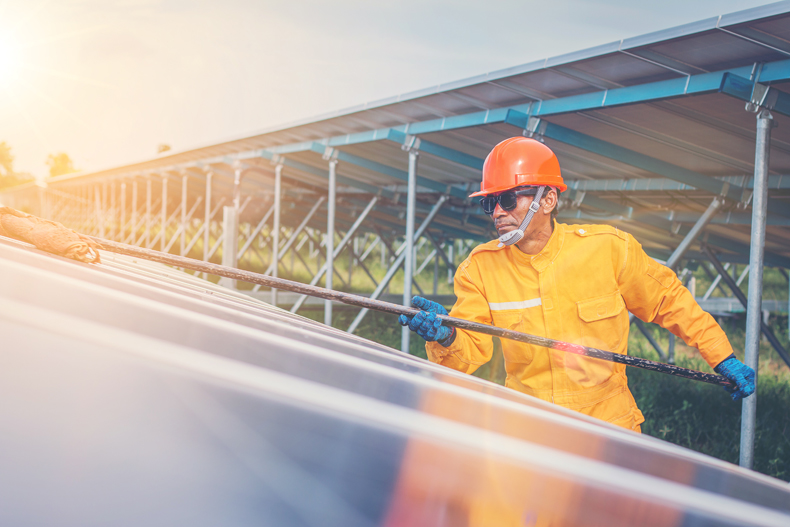 Solar panel installations in the future
Solar panel installations in the future
A majority of homeowners who are considering to go solar are looking for a product that will both produce energy and offer a stylish and aesthetic enhancement for their property. In acknowledgment, solar panel producers are generating new explications to give solar the makeover homeowners have been asking for.
What new technologies can we anticipate for solar panel installations in 2018? We will discuss all of the new improvements with photovoltaic solar panels, including new aesthetics like clear solar panels that turn windows and buildings into power plants.
What are the new solar panel schemes and aesthetics?
If people are going to criticize about anything concerning residential solar, it would be the look on the roof. Although it is a small number of people who complain about solar panels aesthetics, even they will have a hard time with what is coming in the future.
A significant portion in the analysis of solar’s aesthetic is the solar panel structure, which many homeowners find to be the least attractive part of a PV solar panel. To resolve that problem, influential manufacturers are manufacturing frameless solar panel modules. The hardest part is the lack of sturdy framing holing everything in place. As a result, manufacturers are producing specialized mounting apparatus to match their frameless panels.
Many frameless panel designs are completely confined in one substance, generally glass. Glass solar panels use the same silicon cell technology and substances of a conventional panel, but rather than being installed on an obscure reinforcement substance, the cells are sandwiched between two glass casings. In most summaries, glass panels are bi-facial, but we will save that concept for later in the article.
Glass solar panels are an innovation in multiple ways because, in addition to being more visually attractive, glass panels are more durable than a typical silicon cell panel. These panels are known to be significantly more resistant to fire hazard and are also less prone to erosion. Though glass-on-glass panels are often integrated into a skylight or building window (as in the image below), they are not truly building-integrated photovoltaics because they are attached to the building rather than incorporated into the building envelope.
The MIT startup has devised a solar skin product that allows solar panels to be painted several colors to either blend in or stand out depending on what the homeowner wants. Sistine Solar, a Boston-based design firm, is making big strides with the concept of rooftop solar panels with a customized look.
For example, the startup’s PV skins allow the panels to directly match the color and aesthetic of its roof shingles without interfering with panel efficiency or output. Sistine Solar’s skin product is expected to hit U.S. markets later this year.
Whatever the future holds, it will be interesting to see the continuing developments in solar panel design.
If you want to move into the future and join the solar revolution, or if you want to find out what solar panels are right for you, go to HahaSmart.com and try our price checker tool. You can see how much a system will cost, and how much you can save over the next 20 years.
For more information relating to going solar, don't forget to visit our solar blog section for more handy guides and articles.


Input your address to see if it is solar friendly and how much you can save with solar.
Great. Your address is perfect for solar. Solar incentive is still available. Select monthly utility cost and calculate the size of solar system you will need now.
| kw System size | years Payback period | Lifetime savings |
No money down, 100% finance is available.
|
|
Looking for certified solar installers? Sign up now and we will find them for you. |
Comments